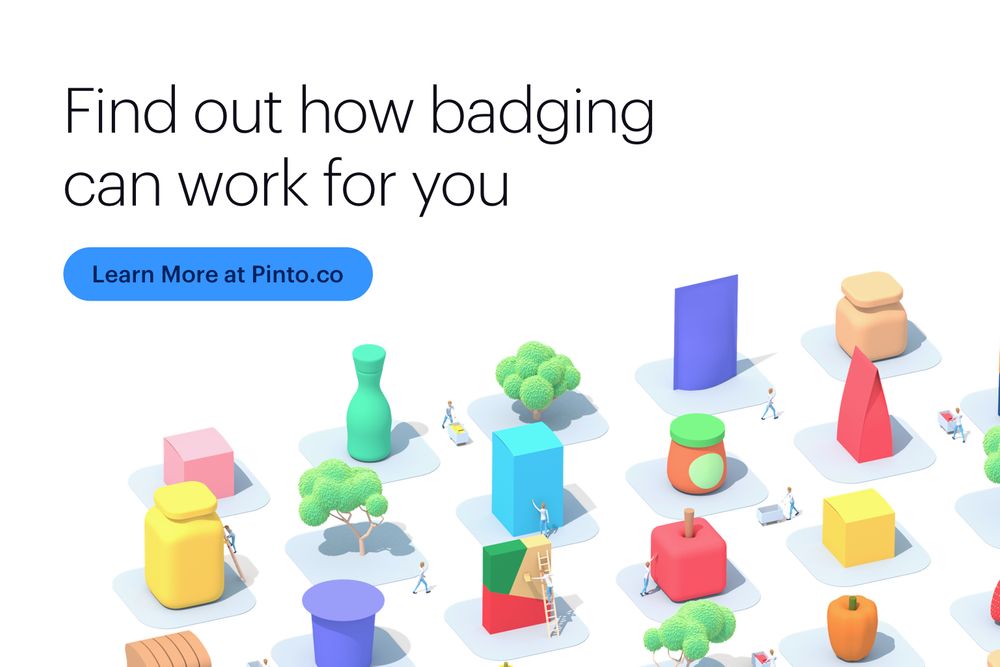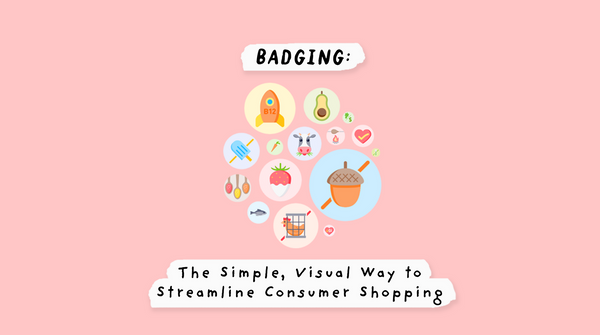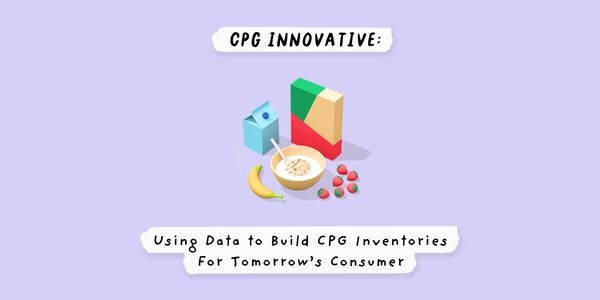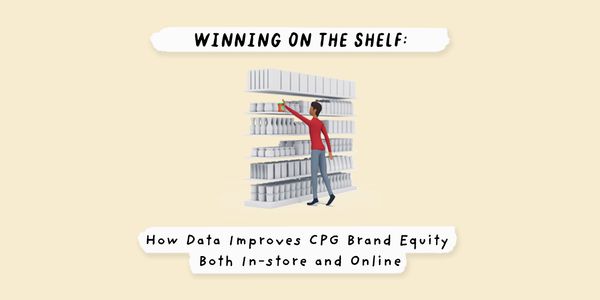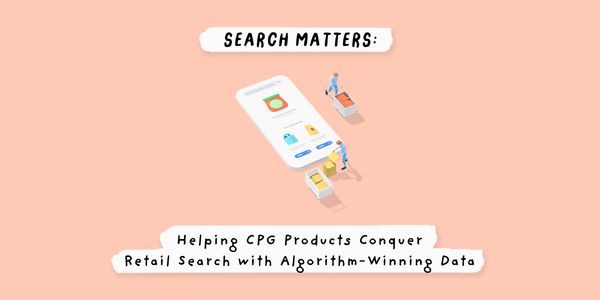A brief look
- 43% of Americans now follow a specific diet or dietary lifestyle and 66% of Americans choose products based on personal health needs.
- Customers are looking for efficient and personalized shopping experiences that keep these dietary needs in mind.
- Badging helps customers understand the key qualities and benefits of their food as it relates to their health and wellness goals and ultimately feel more confident about their purchases.
- Pinto’s enhanced badging on ecomm platforms immediately showed 2% increased sales over products without enhanced badging.
Dive deeper
The demand for creative, data-centric ways of organizing and highlighting product catalogs is high as retailers begin to adapt to the changing consumer landscape. Today’s consumers are more focused on health and wellness than ever before, with 43% of Americans following a specific diet or dietary lifestyle, and 66% of Americans now choosing products based on personal health needs. Data has shown that these shoppers won’t simply rely on packaging or branding to lead their buying decisions. Shoppers want detailed information on nutrition, ingredients, and benefits that will fit their evolving health needs.
Badging is a simple and effective visual system that offers a way for shoppers to identify products and their benefits through clear, comprehensive symbols. Badges can tell consumers if a product is sustainable, free of added sugars, contains whole grains, fit for a Mediterranean diet, free of allergens (such as nuts, dairy, and soy), plant-based, gluten-free, organic, and more. In addition, badges can be augmented into a retailers’ eCommerce platform or added to a shelf tag to show consumers how a particular product meets their needs across platforms. Instead of standing in an aisle reading the back of a box or squinting into a phone screen on a complex eCommerce site, consumers simply look for the badge that matches their diet or health preference and continue shopping.
Badges help consumers make informed choices about their products which gives them peace-of-mind and increases their likelihood of becoming repeat shoppers. It also offers retailers a chance to organize their products with incredible detail, ensuring their systems will adapt to any new dietary trends that arise.
The Need for Personalized Shopping
Two key factors are driving modern customers: they want to be healthier, and they have dietary restrictions and preferences impacting their shopping decisions.
Let’s imagine a parent looking for healthy snacks for their family. They have recently started reading about the negative health effects associated with too much added sugars and have decided to transition away from sugary products. Staying away from the cookie and snack sections is an easy choice, but they also know there are unwanted sugars in sauces, condiments, and nut butters. Further, they know that traditional retailers don’t really surface if a product has added sugars (instead they only display packaging claims), which leads to limited and unreliable ways of understanding a product.
In a regular setting, the only choice is to read through the small-print ingredient lists on the backs of the packages and hope to find suitable products. This can be tedious, time-consuming, and often provides them with inaccurate information about the product they are considering. But, with the introduction of badges, a simple visual check instantly delivers all the information they need.
Customers are incentivized to return to stores that keep their individual needs in mind. Moreover, the accurate data points collected in this process allow stores to engage in a range of different categorizing options. It could be that next year, this family is more concerned with the sustainability of their products. Or, maybe they have switched to an entirely plant-based diet. The badging process allows retailers to easily adapt to any of these changing behaviors, all while delivering a highly personalized shopping experience.
Visualizing the Retail Experience
Consumers shop visually. That’s why we have picture-perfect produce aisles, fun and colorful packing trends, and on-package claims that drive consumer purchases. Badging brings all the benefits of the visual stimulus along with accurate, data-driven information that is tailored to today’s consumer health considerations. It’s simple, approachable, and engaging.
Badging provides the ability to highlight specific qualities of products with health, nutrition, and sustainability tags to cater information to consumer needs. Each product gets a preference badge that shows customers what kind of qualities are present and how they relate to their dietary goals. Common examples of badges include:
- No Added Sugars
- Whole Grains
- Dairy Free
- Nut Free
- Soy Free
- Contains Probiotics
- Heart Healthy
- Low Sodium
- Lactose Free
- Plant Protein
- High Protein
- Lean
- High Fiber
- Nutrient Dense
Once the necessary information is collected, the data is then translated into a clear visual image. This gives consumers an easy way to navigate product channels and find the foods that fit their diet. No more reading labels, no more confusing product claims—just choose your preference, look for the badge, and continue shopping.
Badging helps customers understand the key qualities and benefits of their food as it relates to their health and wellness goals. What’s more, the simplicity of visual badging gives it omnichannel capabilities that can be used for eCommerce as well as in the shopping aisle. That means new information meets consumers where they are and doesn’t tie them to one purchase funnel. The system is flexible, consumer-focused, and easy to navigate, making it a strong asset for the changing American diet.
Simplifying Healthy Choices
In a recent pilot test, we found that products using Pinto’s enhanced badging immediately showed 2% increased sales over products without enhanced badging. This number will only increase as consumers continue to shift towards healthy eating.
Pinto translates complex data points into usable information for partners and consumers by programmatically determining product qualities and evaluating on-pack information, including ingredients, nutrition, and serving information. This process moves us away from the industry standard of categorizing based on manufacturer claims and brings a more personalized, consumer-first approach to retail data.
Currently, retailers have a unique opportunity to boost their data banks and provide a tailored and efficient way to meet consumer needs. As the demand for personalized shopping continues to rise, consumers will be drawn to retailers who keep their needs in mind. Badging is the easiest way to help customers meet their health goals, and it provides a simple, evergreen system for organizing product data. By taking a consumer-first approach to these systems, we are building a forward-thinking database that allows retailers to stay ahead of consumer needs.
Learn more about Pinto and get in touch to find out how badging can work for you.
